The first characteristic that comes to mind when one mentions IFC is undoubtedly its height. After all, it was Hong Kong’s tallest building for over half a decade, establishing itself as one of the city’s most iconic and recognisable skyscrapers. Standing at 415 meters in height, it is has become an international symbol of Hong Kong, much like the Burj Khalifa in Dubai, Petronas Twin Towers in Kuala Lumpur, and Taipei 101 in well…Taipei. It seems that skyscrapers are always the ‘go to’ association when it comes to first mentioning a city’s architecture, as their outstanding height and presence in the skyline leaves quite the impression. People tend to identify the setting of images and film through present architecture, anyone who has glimpsed Hong Kong’s Island from Victoria Harbour will surely also think of IFC when thinking of Hong Kong, and vice versa. Even if they are unable to name the building, its shape and image is inseparable from the idea of Hong Kong.
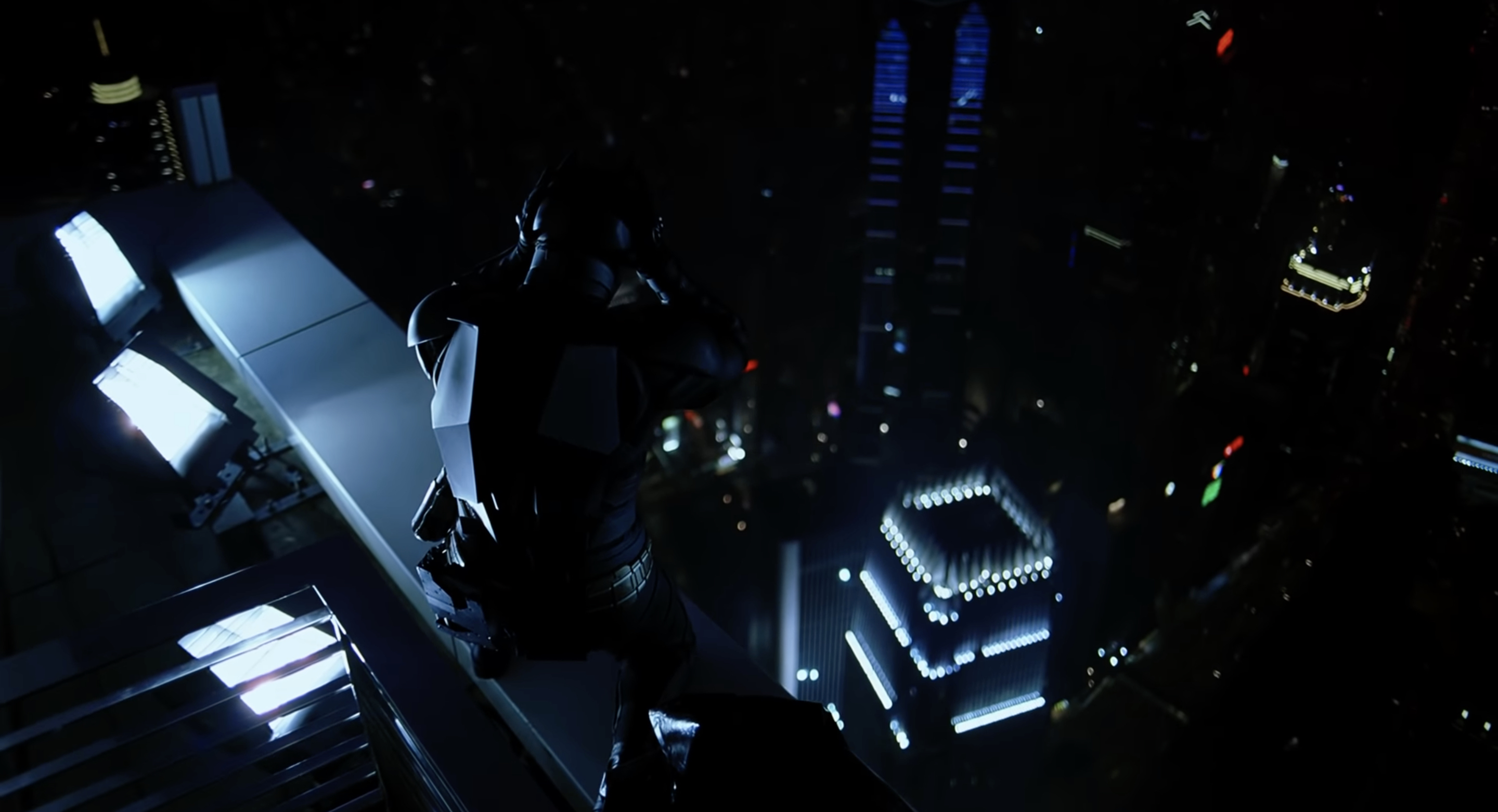

2008’s ‘The Dark Knight’ features Batman in Hong Kong, with a crucial scene taking place on IFC. Through using an iconic and recognisable skyscraper, the setting of the movie is clearly conveyed in a Hollywood movie – a film with a large international audience, many of which may have only experienced and thus visually recognise Hong Kong through previous images and film. On top of establishing location, the portrayal of IFC is also vital to establishing the character and the plot. In the scene, Batman is about to make a jump from the very top of the skyscraper. The film utilises top down angles to put the audience from a perspective above batman, emphasising the height of the jump as if the audience is looking and about to jump together with the character.
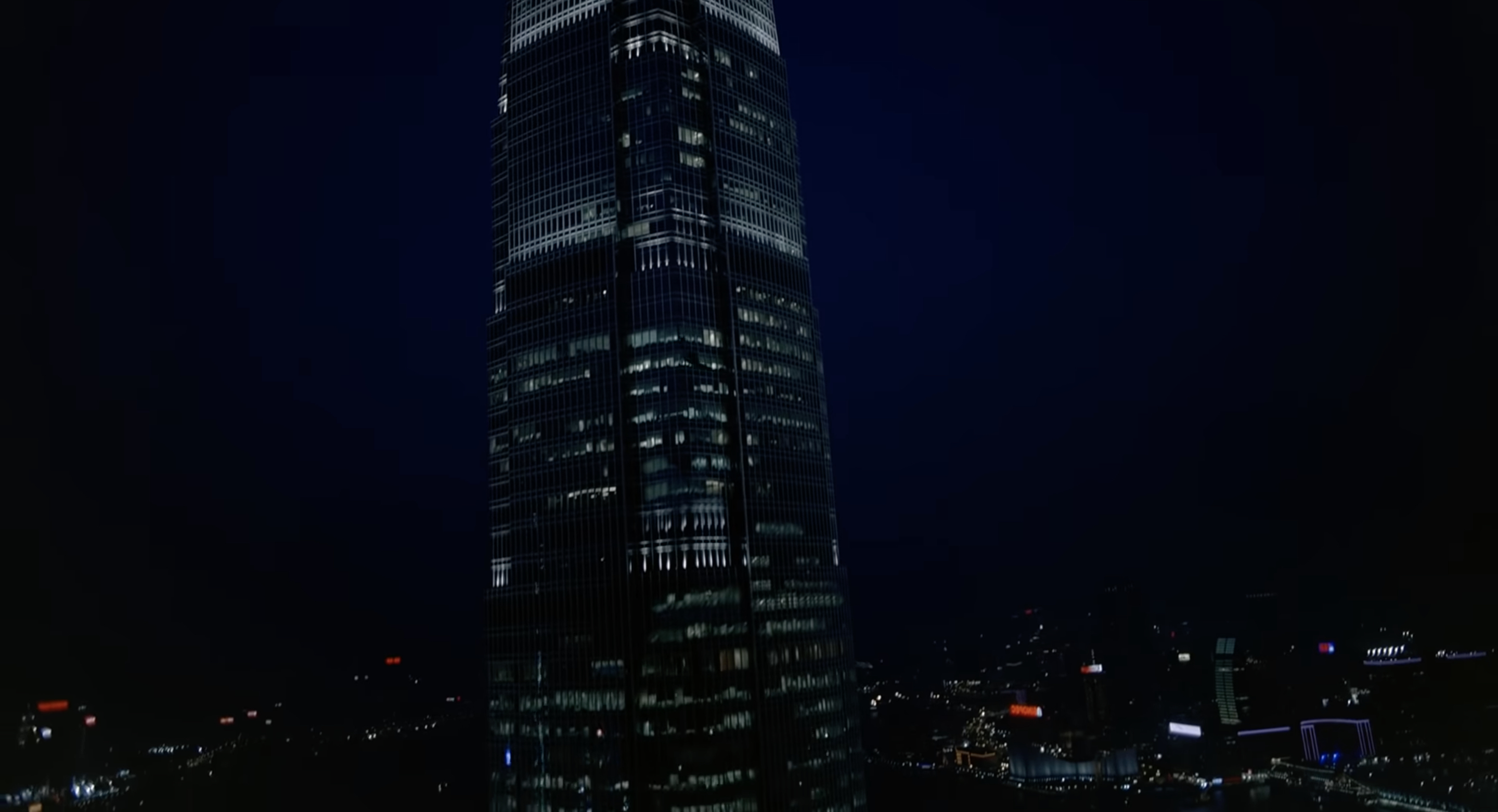
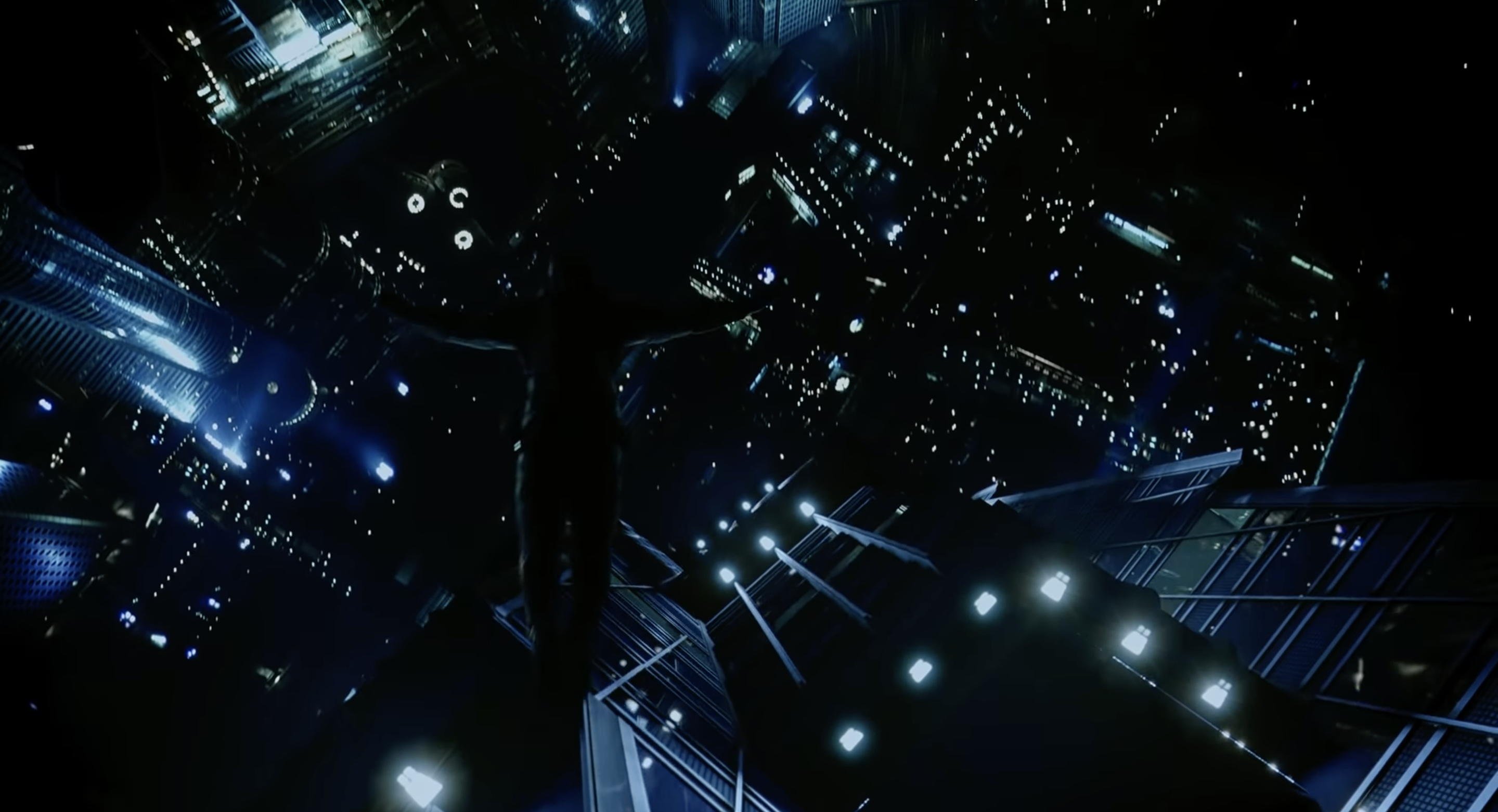
Paired along with setting the scene at night time, and adding a dark hue that clashes strikingly with the thin building night lights, an overwhelming contrast is developed to evoke a dramatic sense of tension into the audience, further highlighting the bravery of the character and power it takes to perform such a stunt. From a film production standpoint, portraying the building in night time and with a dark coloured tone also helps make CGI and visual effects more realistic, as the stunt could not be done on site like the crew originally planned due to difficulties in the logistics of setting it up. Whether it was for better visuals or to convey certain emotions or messages about the character, this choice in portrayal of IFC was to make this scene overall a more dramatic and enjoyable experience.
While millions got to experience Hong Kong’s IFC through the thrilling cinematic lens of Bruce Wayne, everyday Hong Konger’s interact with the building in a very different way. There are no visual effects, no daring jumps, and most people are not even allowed on the rooftop. When it comes to its overall shape and height, the building is mostly viewed either next to it from street level, or from afar across the Victoria Harbour – without the dark, dramatic visual tones.
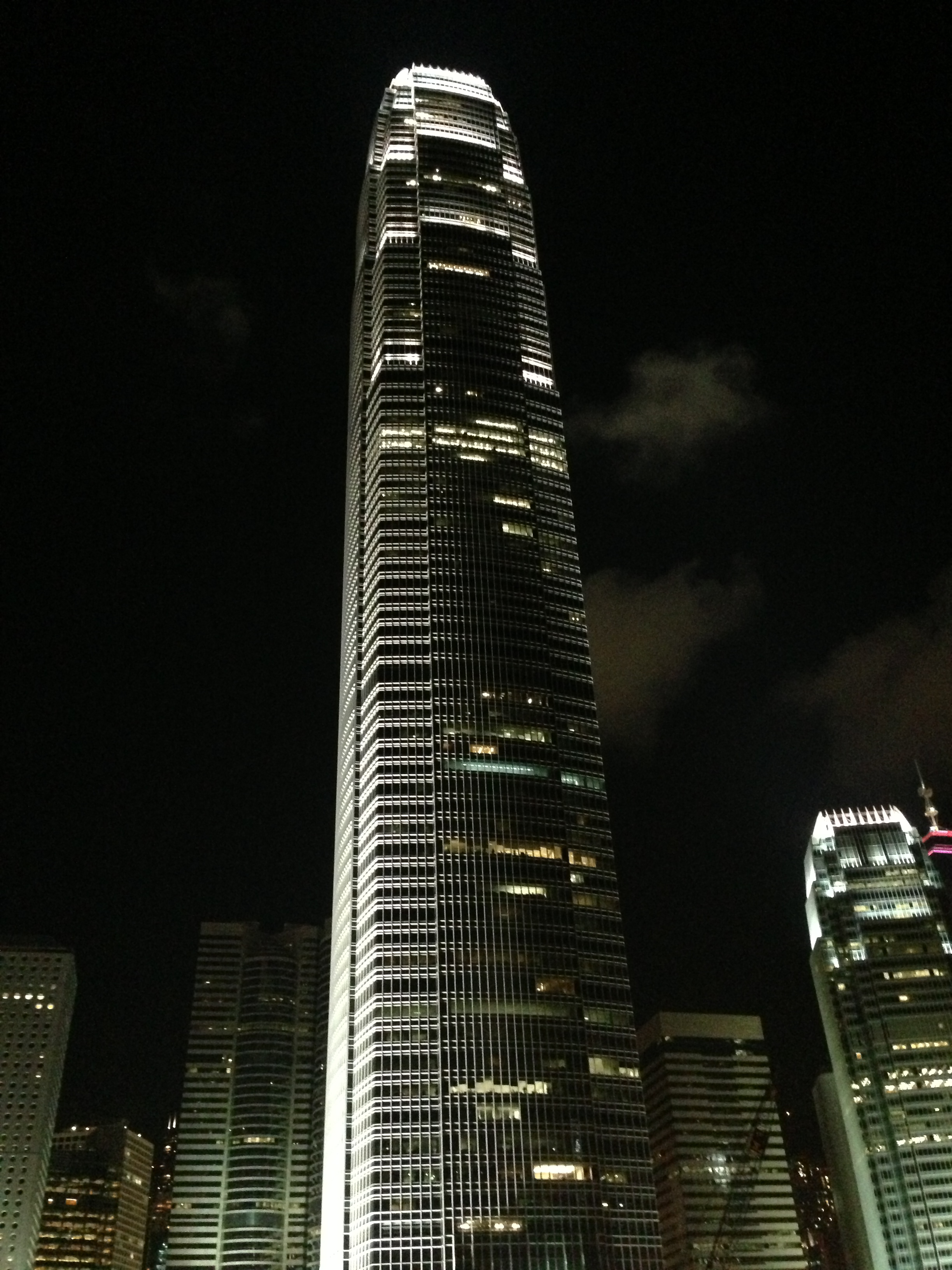
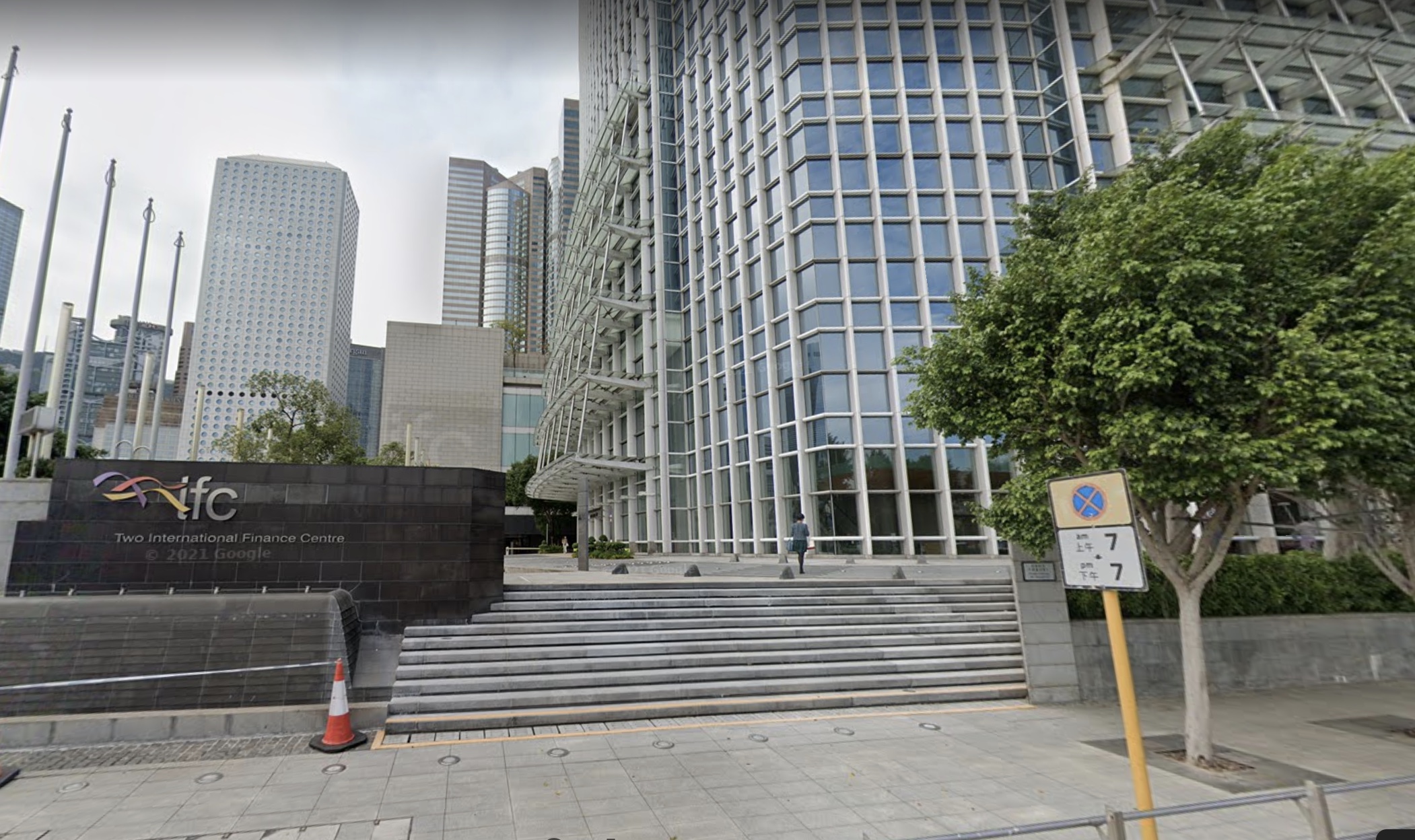
Interacting within the building interior is also very different, the general public tend to only use the first few floors as it is where the mall is situated. It is essentially a ‘Junkspace’ with large reflective surfaces, endless curves of corridors and luxury brands, evoking a sense of detachment from the outside world, where people can shop, snack, rest and repeat. The closest thing to the outdoor rooftop is the mall’s rooftop’s Garden, which is mostly used as a resting area or a photography spot for tourists. Even then, there seems to be overwhelmingly many fancy designs, glass barriers, colourful walls which help imprison the viewer’s focus to the mall and not the exterior view of the city.
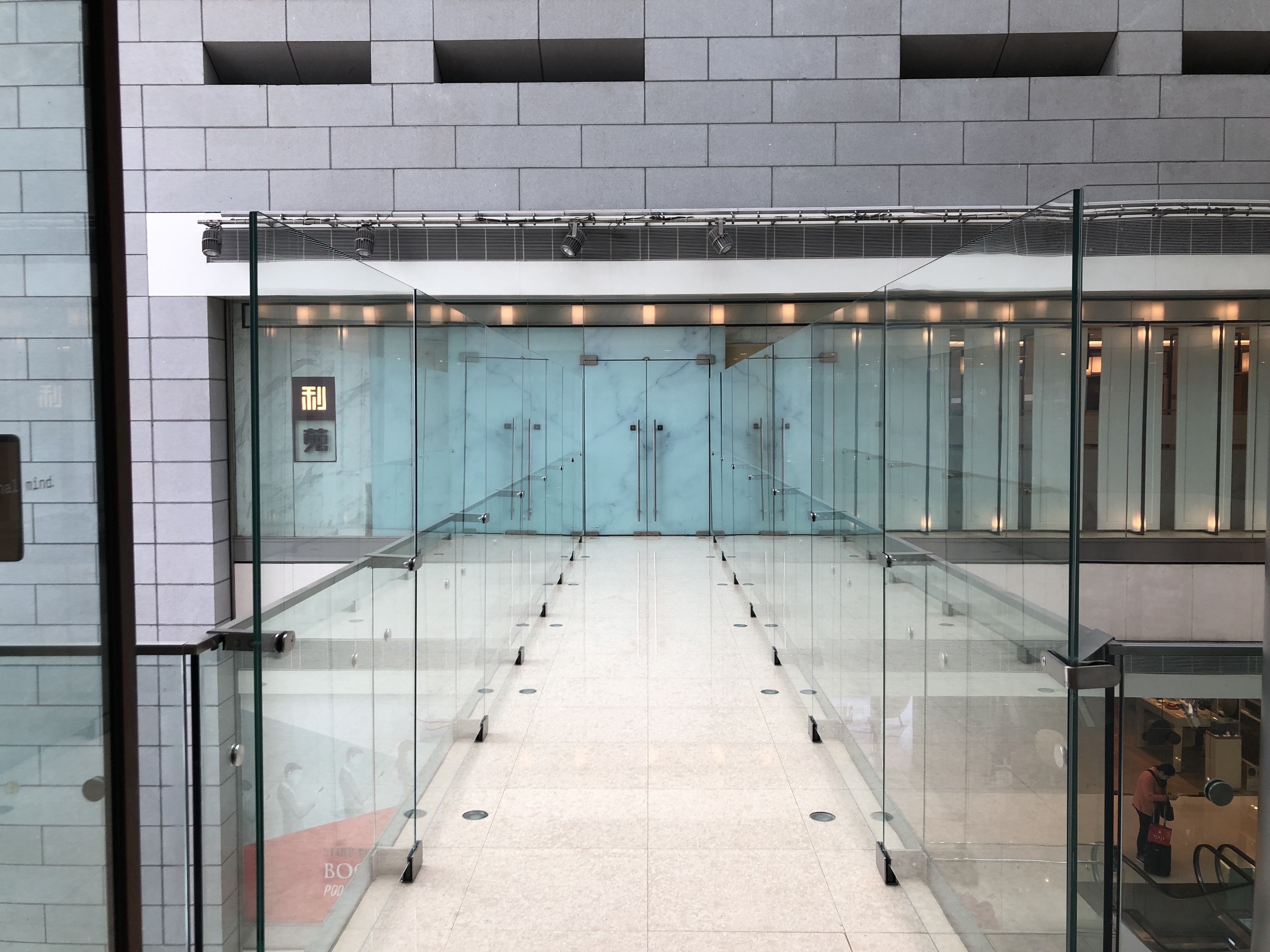
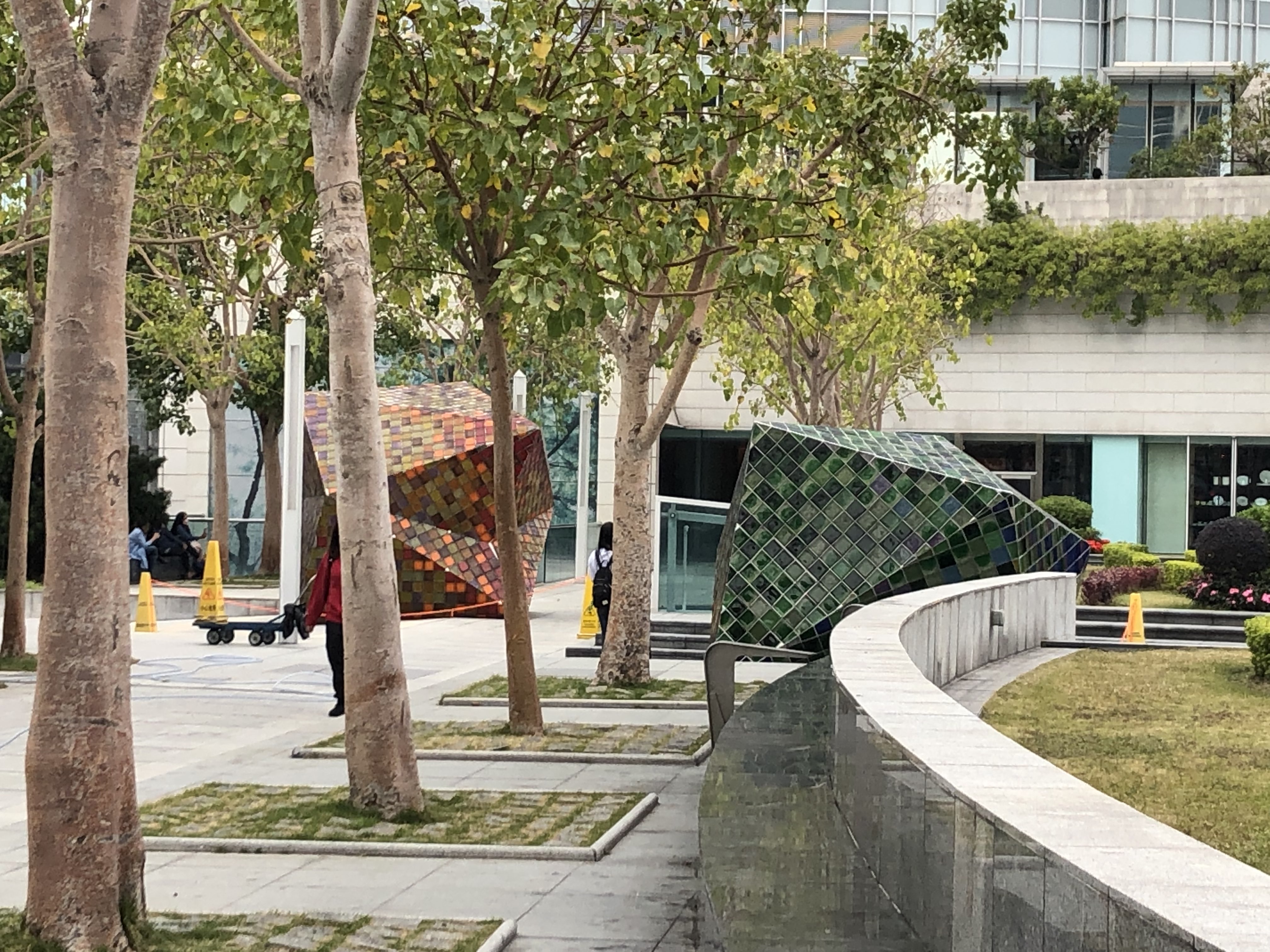
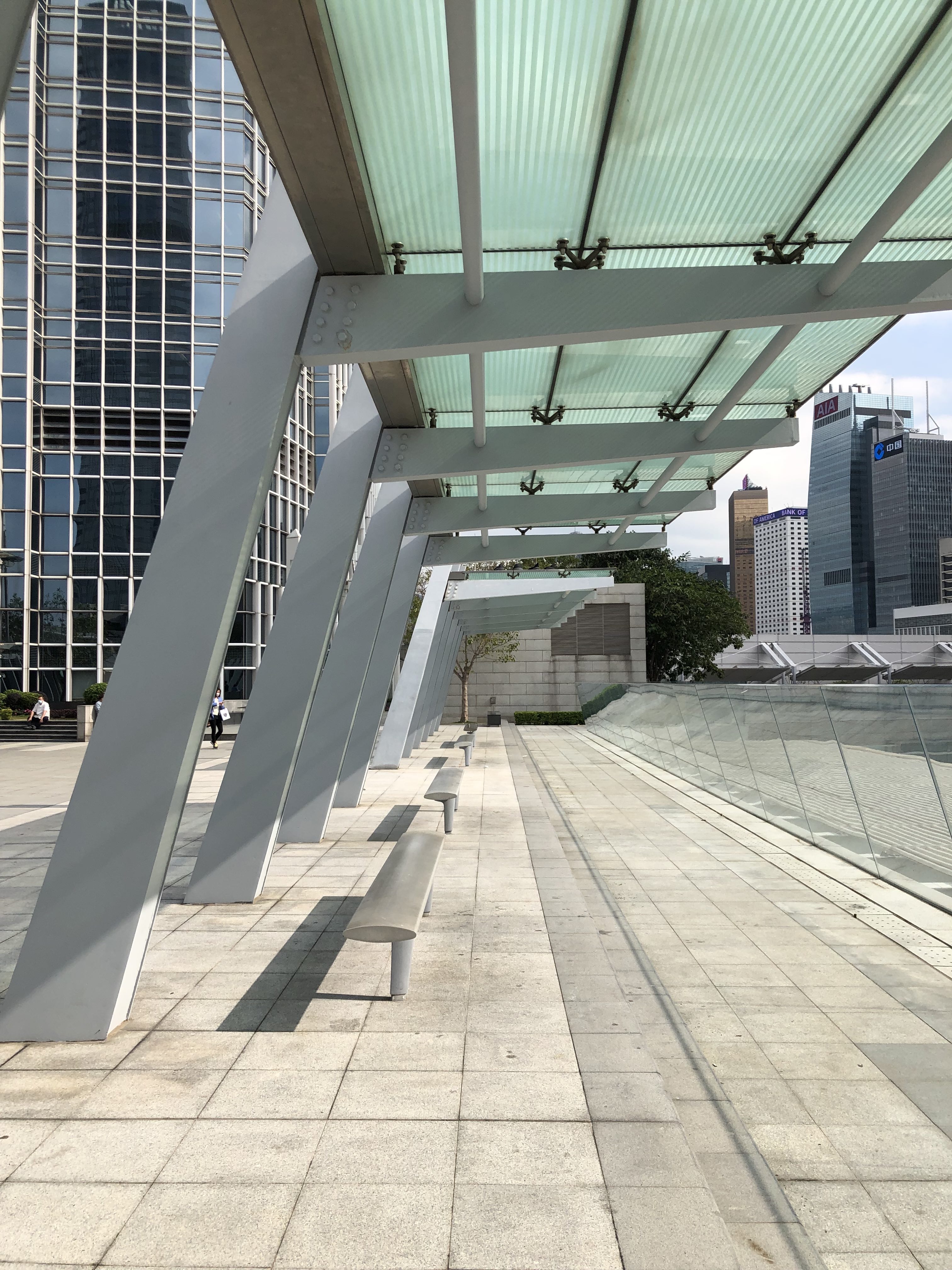
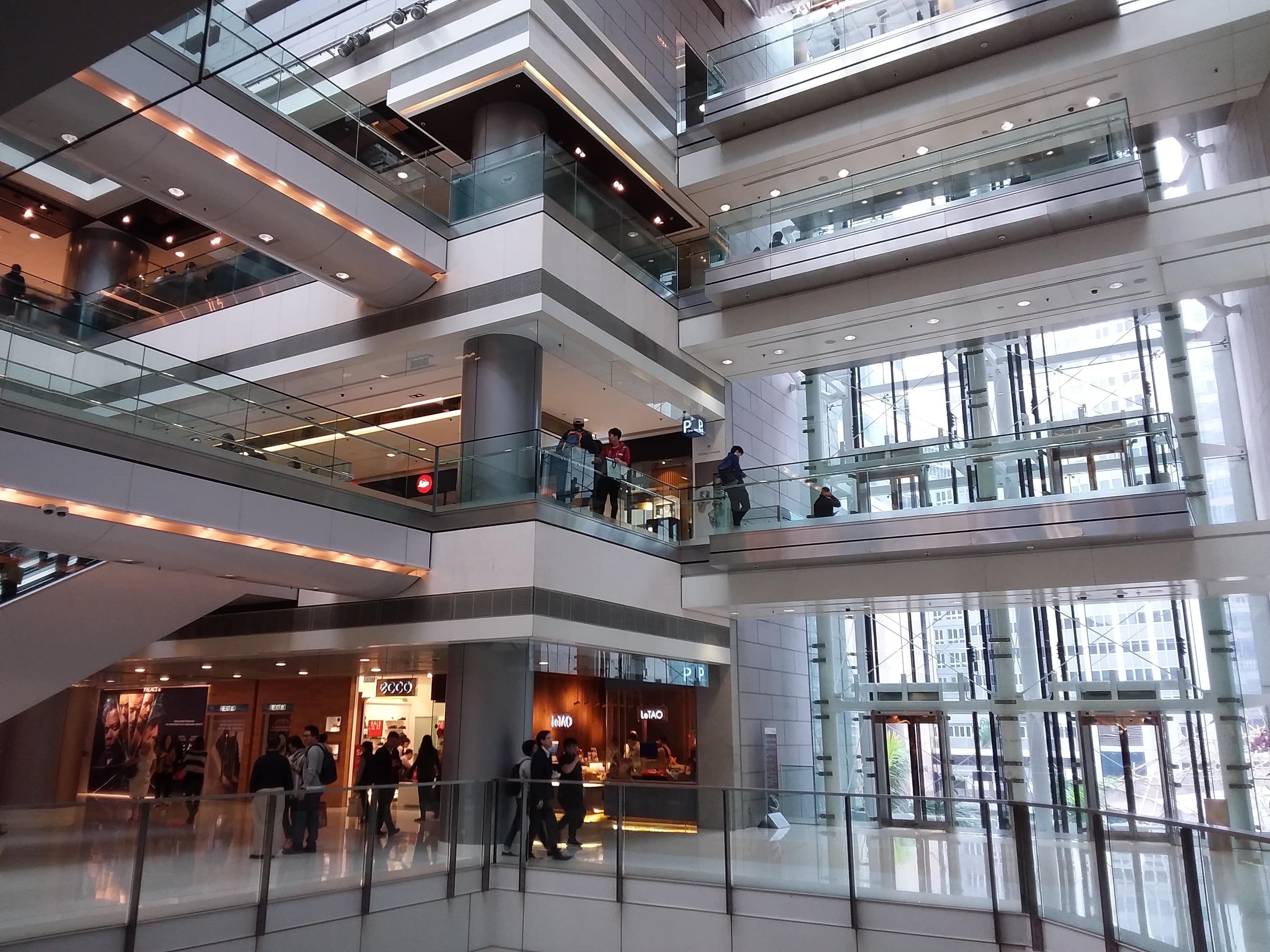
When cinematic plot is replaced with basic everyday human needs and activity, our perspective shifts towards the accessible interior. Places like shopping centres start to lose their identity, they become dull, and repetitive…just another one of the countless large, luxury mall in a globalised city. Picture yourself in the mall for the first time, surrounded by row after row of generic, multinational brands, would you be able to tell you were in IFC? I’m willing to go as far and ask, if no one told you which city you were in, would you even be able to tell this was Hong Kong?
Lukas Heuer, 3035858547
Appreciate your reflection on the idea of Hong Kong through analyzing IFC. I enjoyed going along with you on the trip to and through the IFC. You made some good observations on the establishing location shots, top-down perspective, and the reflective materials of IFC in playing a role in directing the shopper’s gaze inwards instead of out. What about the night? I was wondering why you chose to conduct your field trip during the day instead of at night where the reflections would be inverted, as in the film? It is also interesting that you direct your camera inwards at the IFC spaces – the atrium and the roof garden – especially since if you go to the rooftop at night, you will likely be using the IFC as a viewing platform towards the city. A day-to-night visit and documentation would enrich your analysis and perhaps offer a more dynamic reading of the IFC as only a scene-setting icon. Finally, consider how you would answer your own question which I suspect is meant to be rhetorical: “If no one told you which city you were in, would you even be able to tell this was Hong Kong?” How would you paraphrase the question so that it does not ask for a yes or no answer? Better yet, consider why would such a question be important to ask? References are missing – endnotes and/or bibliography? Besides Rem Koolhaas’ Junkspace, what other sources of materials did you refer to in this analytical writing?